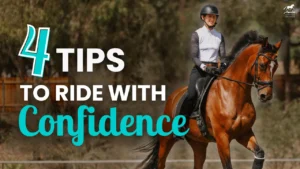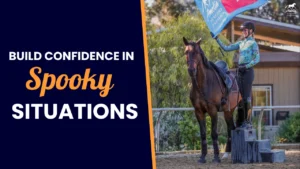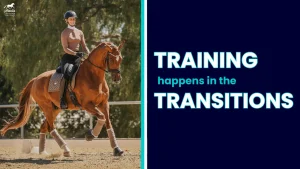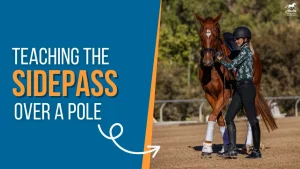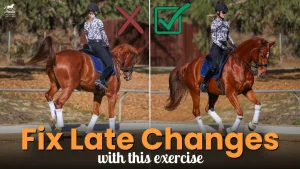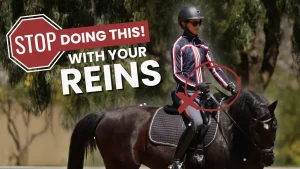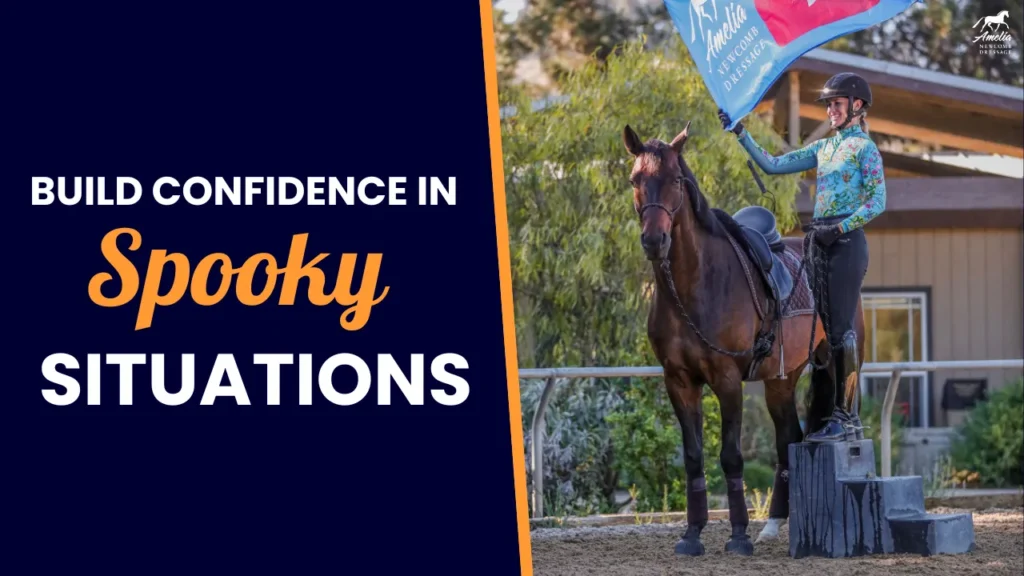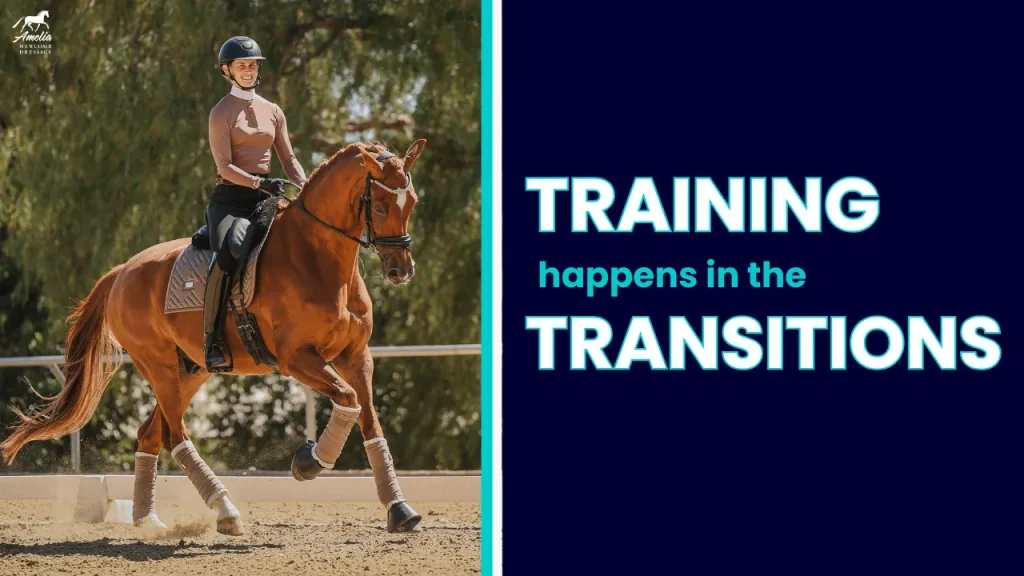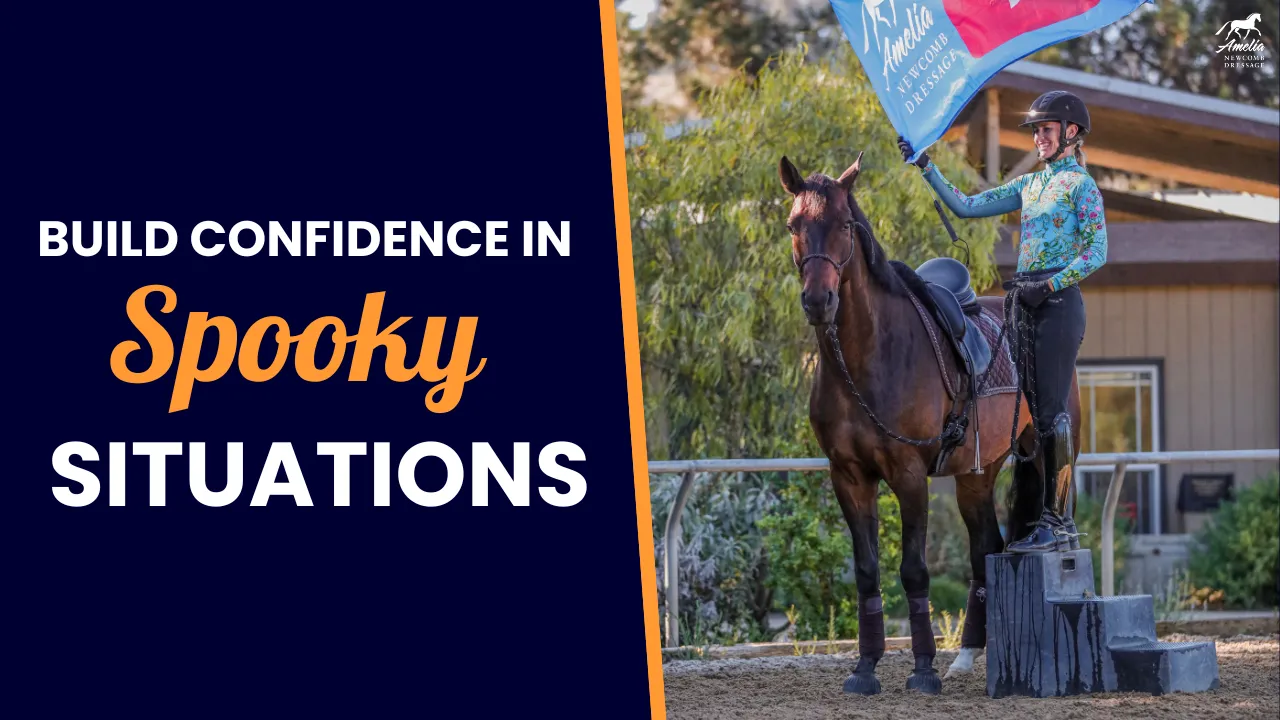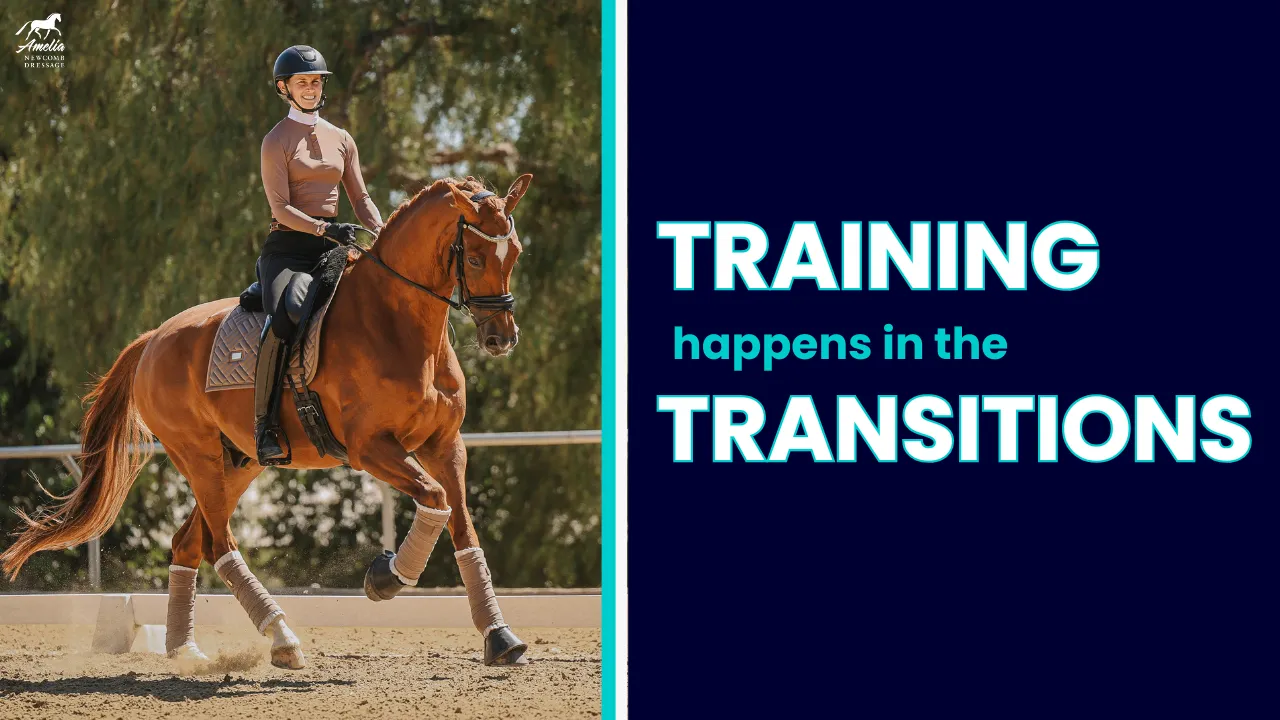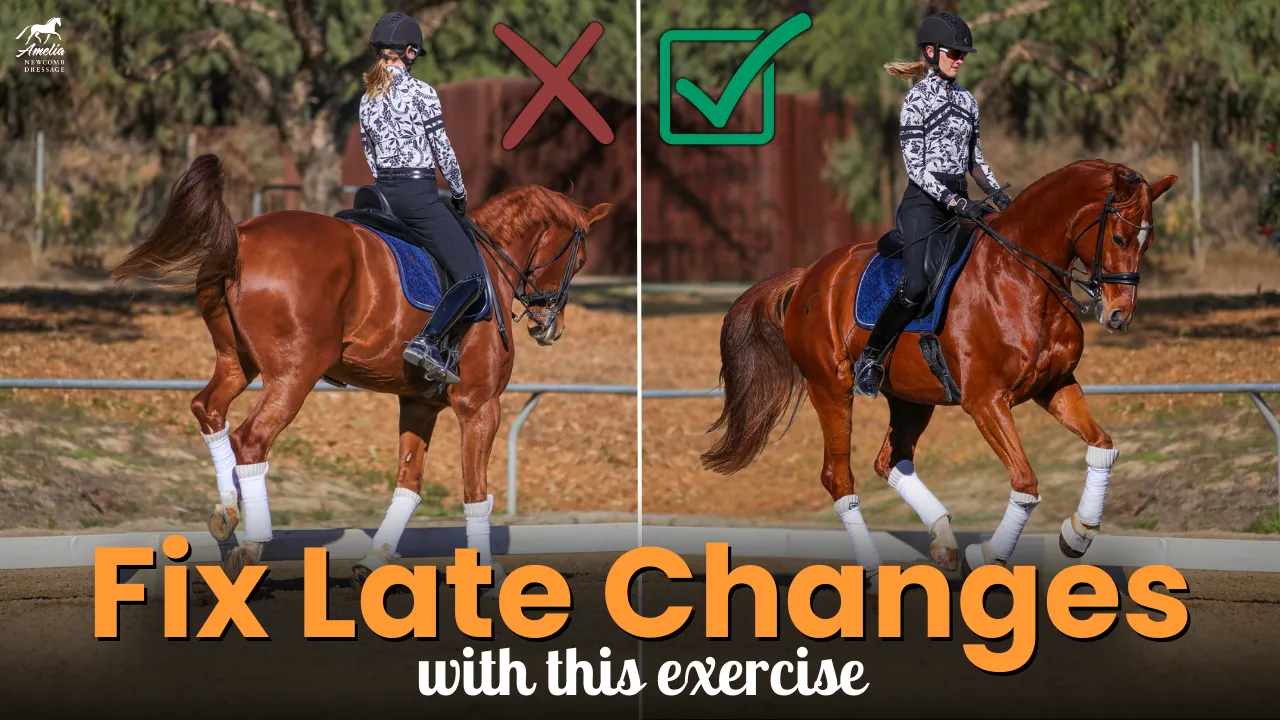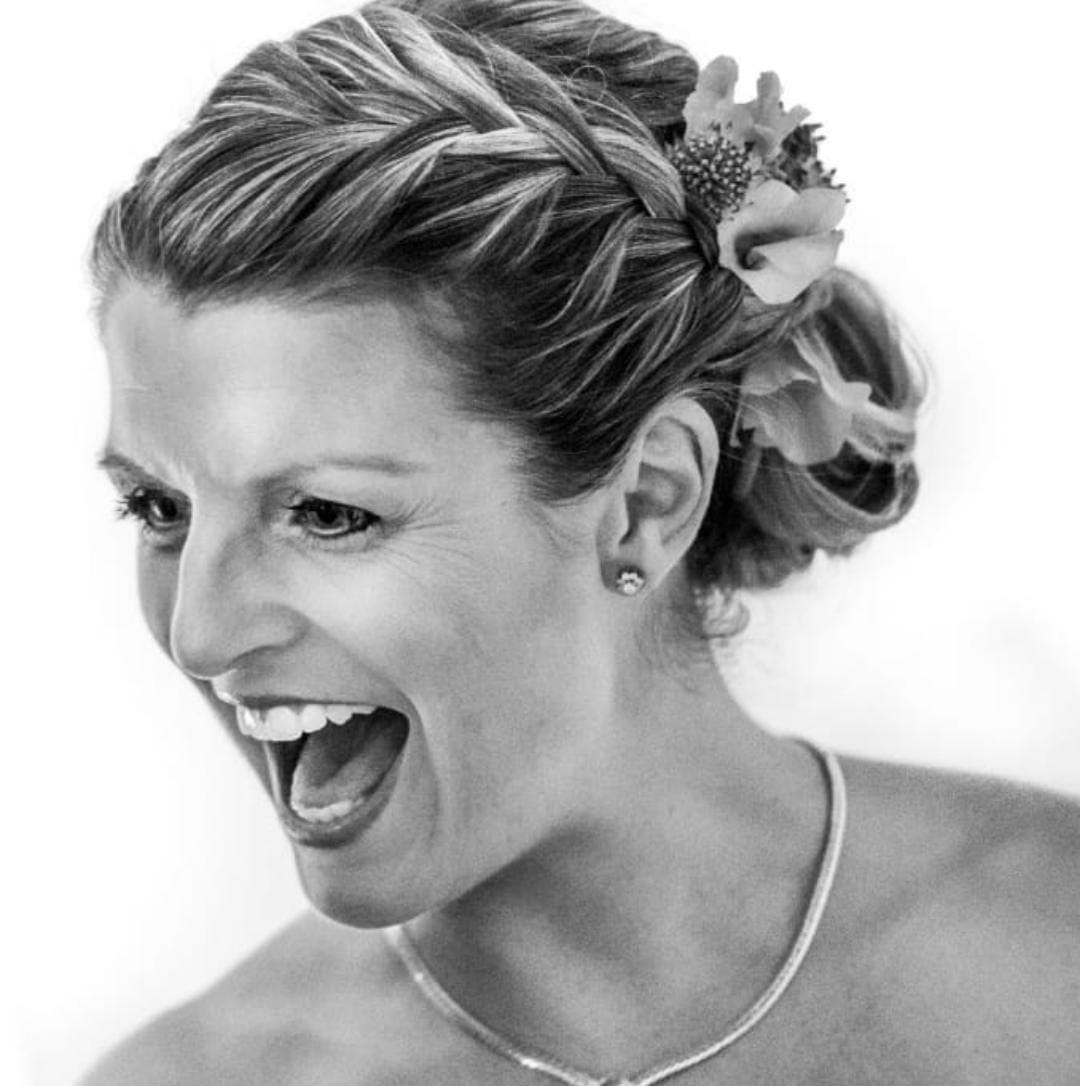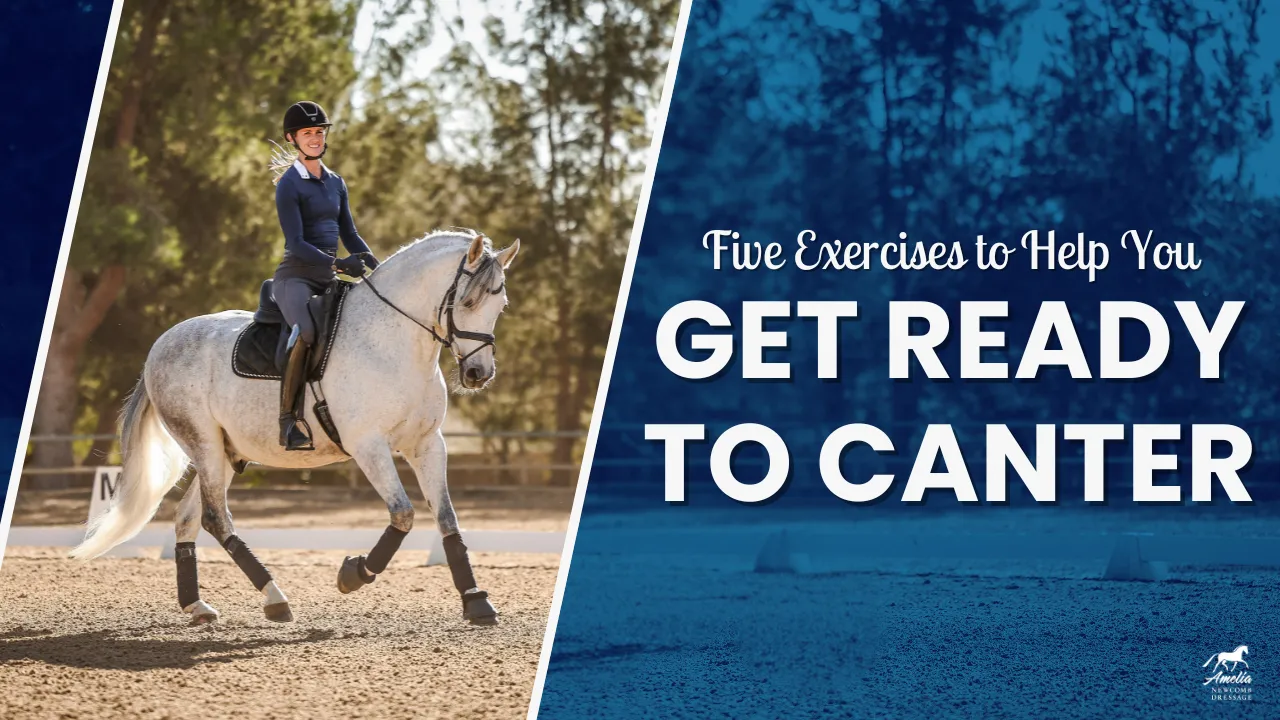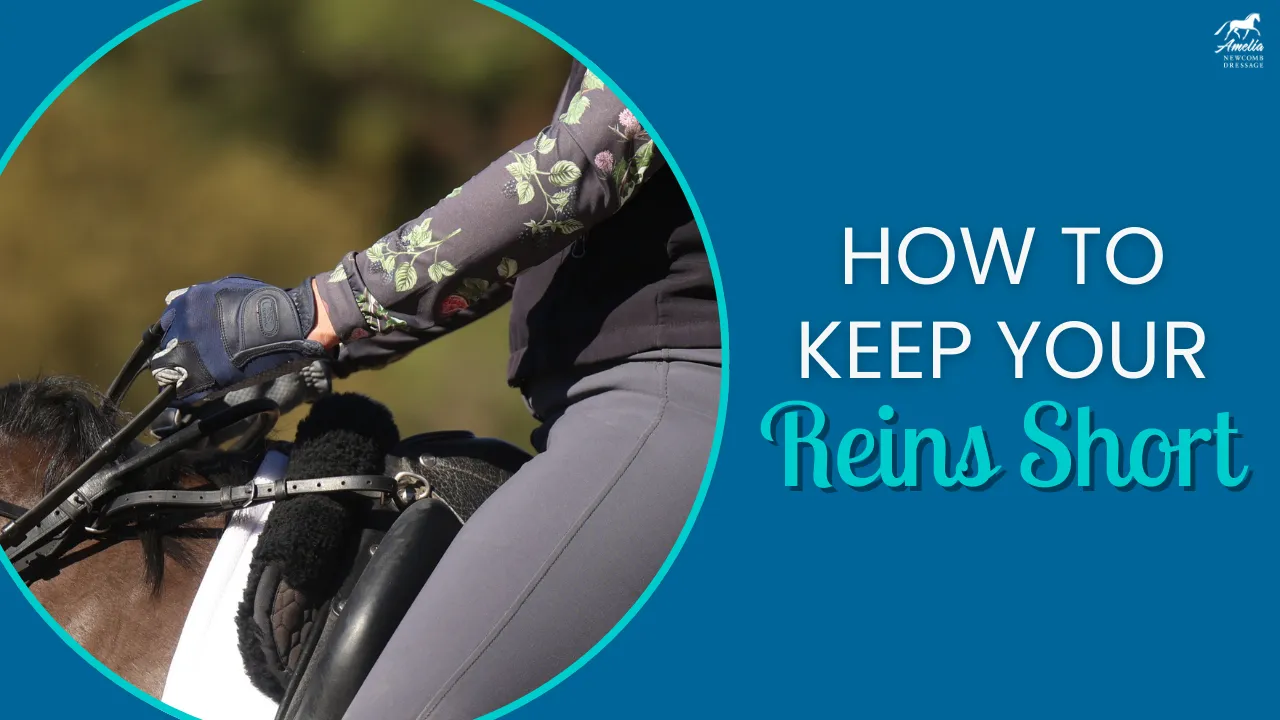If you’ve ever felt nervous about getting on—you’re not alone. I’ve been there too, and these days, I don’t take chances. Instead of jumping straight into the saddle, I always focus on building trust and communication from the ground first.
In this video, I’m working with my new horse, Mik, and sharing four essential groundwork exercises I always do before I ride a horse I don’t know well. They’re simple, effective, and designed to help you stay safe while giving your horse the tools they need to be confident and responsive.
Before we get into the exercises, I wanted to let you know that my Groundwork Essentials course is open for enrollment this week! Groundwork Essentials covers everything from leading, bending, and backing to desensitizing and gaining your horse’s trust. Whether you’re working with a young horse or bringing a new one into your program, this course will give you the skills and confidence to set the foundation before you get in the saddle. Learn more here.
Ok, now onto the exercises!
Why Groundwork Comes First
You don’t need to get on a scary horse to make progress. In fact, it’s safer (and smarter!) to check in on the ground first. A bolt, buck, or bad experience can shake your confidence—and your horse’s, too.
That’s why I always start with a groundwork assessment. If I feel good about how my horse responds on the ground, then I know I’ll be safer in the saddle.
Let’s go over the four exercises I use to get started.
1. Leading Responsively
Your horse should follow your body language—not drag you or resist. When you step forward, your horse should follow. When you stop, they should stop. When you step back, they should back up. Try this in sequence: walk forward, stop, back up. Repeat until your horse follows your body language.
2. Poll Release
Next, make sure you can ask your horse to lower their head. This is a great calming cue and shows they’re relaxed. A horse with its head down is usually relaxed and trusting—just like when they’re grazing or sleeping. A high head means alert and ready to bolt.
Teach your horse to respond to gentle pressure at the poll and drop their head. It’s a small ask, but it tells you a lot about their mindset.
3. Disengaging the Hindquarters
I call this the “inside rein to inside hind.” Ask your horse to walk a small circle and then step their inside hind leg across their outside hind—just like the one-rein stop, but from the ground.
You’ll see if your horse is soft and bendable, or stiff and resistant. If you can’t move the hindquarters or your horse pushes into your space, that’s a red flag. This exercise builds lateral softness and gives you control if anything goes wrong under saddle.
4. Desensitizing
Last, test your horse’s response to unexpected things—like a flag, a plastic bag, or… a unicorn stuffed toy. (Yes, Mik was not a fan of the unicorn.)
Touch your horse gently with the object. Watch their expression. If they spook, use the object to build confidence slowly—until they can relax with it near or even on their back. Desensitizing helps prevent spooks under saddle and gives you a good read on their temperament.
Building Trust Before You Ride
You can teach your horse so much from the ground: to follow your cues, to soften, to stay calm—and even to round and flex. If your horse can do these basics with you on the ground, you’ll both feel more confident when you do get on.
Groundwork is one of the most overlooked but powerful tools in your training toolbox. Whether it’s trailering, vet visits, farrier appointments—or just day-to-day safety—it all starts here.
Happy riding!
Amelia
P.S. Ready to feel safer, more confident, and more connected with your horse?
My Groundwork Essentials course is perfect for riders who want to avoid scary situations by building better communication on the ground. It includes step-by-step video lessons, problem-solving tips, and practical techniques you can start using right away. Don’t wait for a bad ride—start from the ground up! Learn more about the course here.
